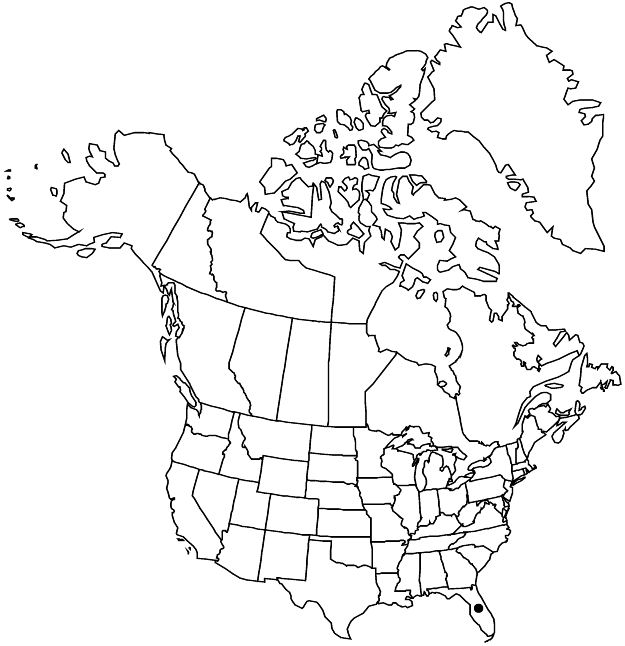Euphorbia lasiocarpa
Nov. Actorum Acad. Caes. Leop.-Carol. Nat. Cur. 19(suppl. 1): 414. 1843.
Herbs, annual or perennial, often robust, with slender to moderately thickened taproot. Stems erect to ascending, 30–100 cm, pilose to tomentose. Leaves opposite; stipules distinct when young, connate into deltate scale when older, erose to laciniate, with dark glands at margin or base, 0.5–1.3 mm, pilose; petiole 0.5–2 mm, glabrescent or pilose; blade ovate or oblong, sometimes slightly falcate, 8–46 × 3–21 mm, base asymmetric, obtuse to hemicordate, margins serrulate, apex obtuse or acute, surfaces often with red spot in center, pilose to sericeous; palmately 3–5(–7)-veined from base. Cyathia in dense, usually terminal, capitate glomerules, with reduced, bractlike leaves subtending cyathia; peduncle 0.8–2.3 mm. Involucre obconic, 0.9–1.3 × 0.8–1.2 mm, pilose to sericeous; glands 4, yellow or pink, circular or oblong, 0.1–0.3 mm diam.; appendages white or pink, oblong, flabellate, or suborbiculate, 0.1–0.6 × 0.2–1 mm, entire or crenate. Staminate flowers 15–25. Pistillate flowers: ovary densely pilose to sericeous with yellowish hairs; styles 0.6–0.9 mm, 2-fid 1/2 length, filiform. Capsules subglobose to broadly ovoid, 1.7–2 mm diam., pilose to sericeous with yellowish hairs; columella 1.5–1.7 mm. Seeds dark reddish brown to almost black, plumply ovoid, 4-angled in cross section, 1.2–1.3 × 0.7–0.8 mm, with 2 inconspicuous rows of 3–5 shallow depressions separated by low ridges.
Phenology: Flowering and fruiting year-round.
Habitat: Open disturbed areas, mostly along roadsides and railroad tracks.
Elevation: 0–10 m.
Distribution

Introduced; Fla., Mexico, West Indies, Central America, South America.
Discussion
Euphorbia lasiocarpa is similar to E. hypericifolia but is much more hairy on its stems and leaves. Euphorbia lasiocarpa is widespread throughout tropical America, but its precise native range in the New World is not clear. In the flora area, E. lasiocarpa is found in southern Florida, where it is likely introduced.
Selected References
None.